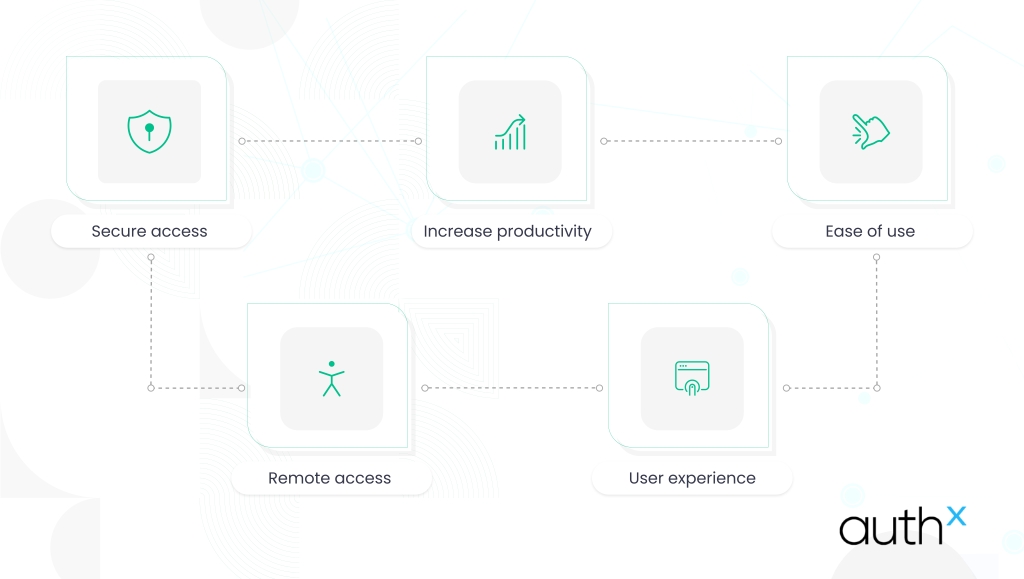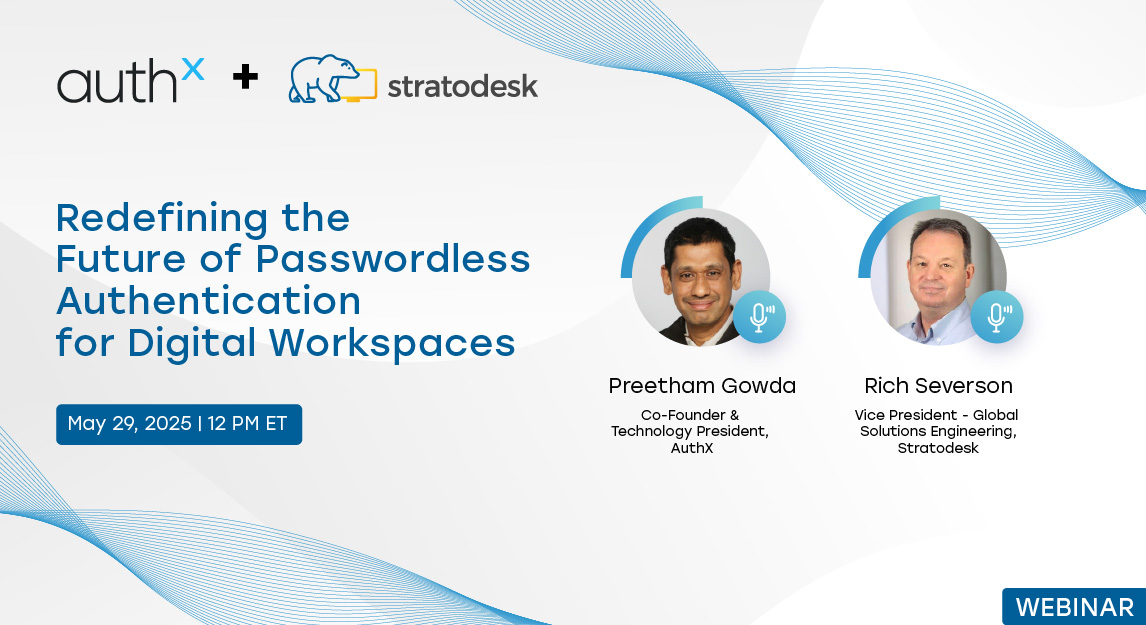From ledgers to punch cards, companies have discovered many ways to keep track of employee attendance, timesheets, and user identity-related information. The newest and the most sophisticated method of maintaining user identities is Identity Access Management (IAM). IAM manages the identification and facilitates user access to the appropriate resources for the right reasons at the right time.
What is Identity Access Management?
The Identity Access Management (IAM) tool enables small and large businesses to manage employees’ identities and access rights. It ensures that the appropriate people (identities) within an organization have access to the tools they need to perform their jobs. IAM Integrates with cloud computing and progresses to the next level by deploying on a multi-tenant platform.
Cloud computing has grown in popularity among businesses over the last few years. They transfer their work either on private or public cloud platforms through various vendors,
However, for certain firms, keeping data secure in the cloud can be challenging.
How IAM integrated businesses with cloud modules
In the aftermath of COVID, industries are moving the workforce environment from office to home. Many companies that are dealing with sensitive data and information, such as bank accounts and insurance policies, have provided their employees access to this classified information through remote computing. Businesses that never required cloud computing are shifting their entire work structure and ethics to cloud-based services.
Before we go any farther, let’s answer a few questions: Is it safe for businesses that deal with sensitive information to access it via remote servers? Who do we need to watch out for? To protect our data from theft, what should be done? And how is Identity Access Management going to help you?
According to the surveys conducted in 2020 (report-usi-2021.pdf (unisys.com)), all business modules were shifting from local servers to cloud computing, and it has also made hackers steal information from enterprises via various loopholes, and most Americans are concerned about data breaches.
* 2021 Unisys Security Index, Global Report
IAM offers the IT department to deploy user authentication through both cloud and on-premises at any contextual factor. IAM allows users to access the system by verifying themselves with two or more valid ID proofs. Using the 2-factor authentication method, IAM builds a strong frictionless authentication bridge between the user and the web application and eliminates the risk of data theft.
Integrating 2FA with IAM helps protect against phishing attacks and bad actors from compromising user credentials. Following these steps will improve data security and will put hackers in check.
IAM’s primary goals are:
- The goal of this IAM is to ensure that legitimate parties have appropriate access to the right resources at the right time.
- IAM objectives include operational efficiency in regulatory compliance, fraud detection, and lifecycle management, as well as security against cyber invasions.
- IAM also ensures that the Company meets a variety of regulatory criteria for detecting and identifying suspicious behavior.
- Monitoring user identity to detect hacking attempts or unauthorized activity to secure data and the system.
- Over 90% of all cyber assaults (2021 Data Breach Investigations Report | Verizon) are effectively carried out using information acquired from employees. IAM prevents such fraud detection and enables continuous operational efficiency throughout the identity lifecycle management process.
- Authentication as a service and identity as a service (IDaaS) can be used to manage IAM in the cloud. Both cases involve a third-party service provider who authenticates and enrolls users as well as manages their data.
Top 5 benefits of using an Identity and Access Management system with AuthX

Secure access
With IAM solutions, security concerns may be discovered and mitigated. You may use IAM to detect policy violations and revoke unauthorized access privileges without having to explore many distributed systems. Additionally, IAM can be utilized to verify regulatory and audit compliance.
Increase productivity
The Identity Access Management (IAM) system automates the onboarding of new personnel and ensures access to all components of the system. By doing this, the time it takes to deliver access is reduced, and production can begin immediately.
Ease of use
IAM makes it easier for application owners, end-users, and system administrators to manage users, sign up, and sign in. IAM simplifies provisioning and managing access, which leads to higher user satisfaction.
Remote access
Today, people are constantly required to show their IDs when accessing services and resources. Therefore, they require unrestricted access to any platform via their IDs, thus eliminating barriers that prevent them from being able to access the platform at any time and from any place.
User experience
Having so many usernames and passwords to access social networks, banks, and other services on the Internet is a challenge. Now people can obtain an identity that grants them access to many systems, thanks to AuthX IAM.
Experience the future of user experience with AuthX SSO, integrate multiple web applications with only one identity, and save time and energy.
Conclusion
Identity Access and Management, therefore, safeguard vital information for enterprises and most of their valuable resources.
AuthX IAM offers a wide range of solutions to businesses of all sizes. AuthX offers organizations to reduce costs, reduce their IT demands, and deliver comprehensive solutions to the enterprise. With AuthX IAM, you can reduce administration headaches, streamline provisioning and de-provisioning, and boost user productivity.














